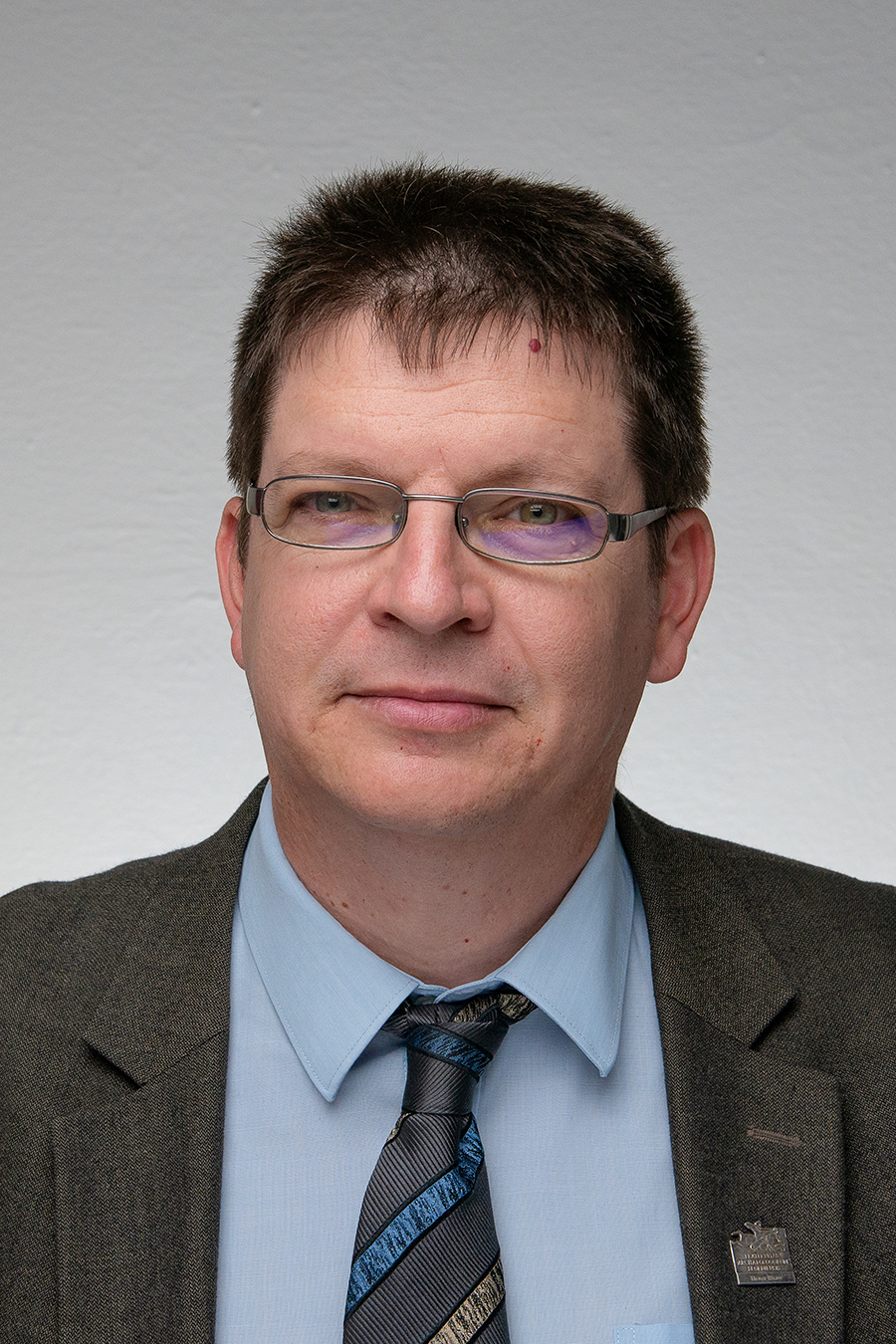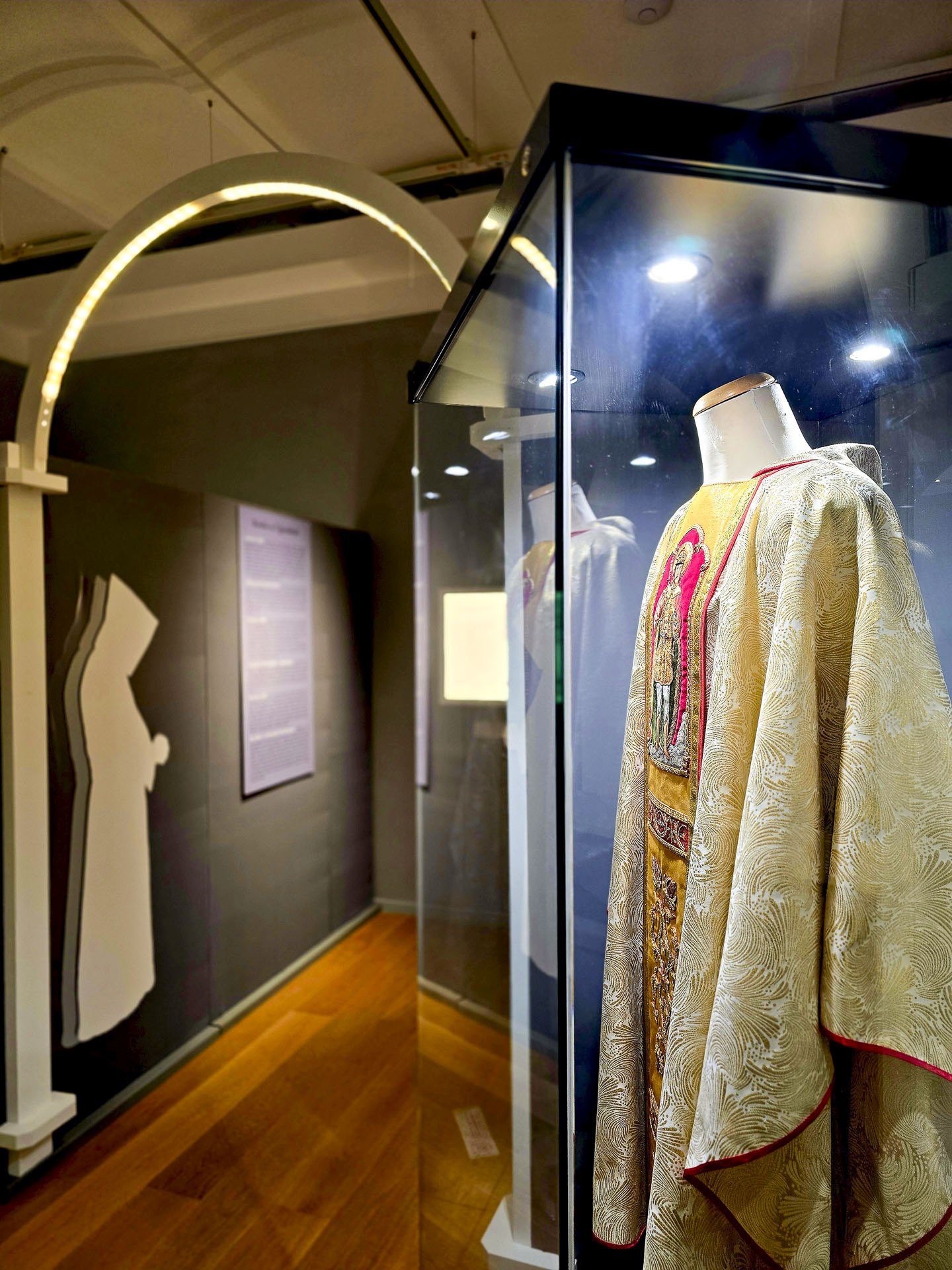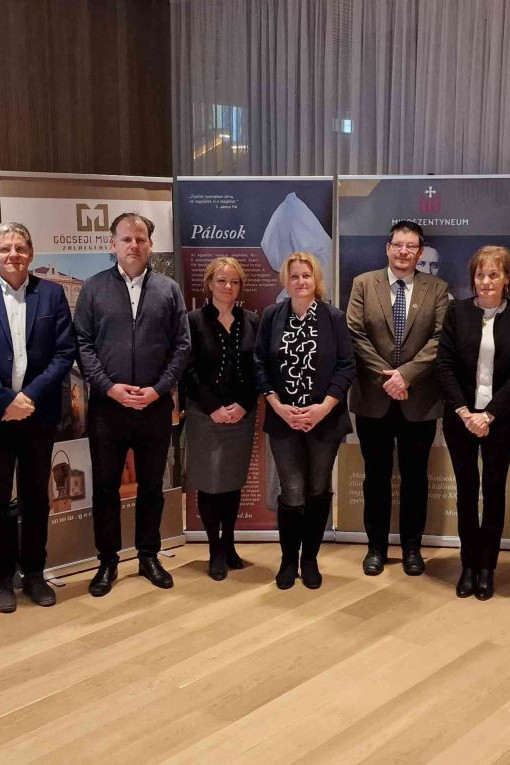Since early autumn, we have been organizing subjective guided tours and lectures connected to the “Pálosok” historical exhibition on the Pauline Order. Soon, Father Antal Puskás, the provincial superior, will be a guest at the museum, offering insights into the lives of Pauline monks through his unique perspective and personal stories. Recently, however, Zoltánné Balaicz was the featured speaker in this series, taking on a significant challenge.
She undertook extensive research over the past few months to uncover the history of the female branch of the Pauline Order. She admitted that the “Pálosok” traveling exhibition had deeply impressed her, and during the opening ceremony in September, she decided to investigate the women who have been part of this order and to share their lives with the people of Zalaegerszeg.
The community was founded in 1989 in Márianosztra with the help of the Pauline Order by Sister Mária Margit Csipke Rózsa, a perpetually professed Visitandine nun. She was profoundly moved and inspired by the life, hermitage, and pure soul of Blessed Eusebius, the founder of the Pauline Order, and decided to establish the female branch of the order in his spirit. Officially, it is known as the Sisters of Atonement of Blessed Eusebius of Esztergom.
The sisters spend several hours each day in solitary prayer, which inspired their motto, “Solus cum Deo solo”—”Alone with God alone.” Their lives are governed by a strict daily schedule, filled with prayer and a few hours of work. They have adopted a self-sufficient lifestyle, managing their garden, renting out their guesthouse (which accommodates up to six guests), and engaging in handicrafts. They sew and embroider vestments, altar server garments, and clergy shirts, and they also create religious items such as rosaries, candles, and soaps.
The speaker of the event was particularly pleased that the story of the sisters was shared during Advent. In today’s world, it is challenging to comprehend their strict lifestyle, but during this season of quiet reflection, we may be more open to understanding the lives of these women who live so differently from us. The “Pálosok” historical exhibition is on display until early March.





